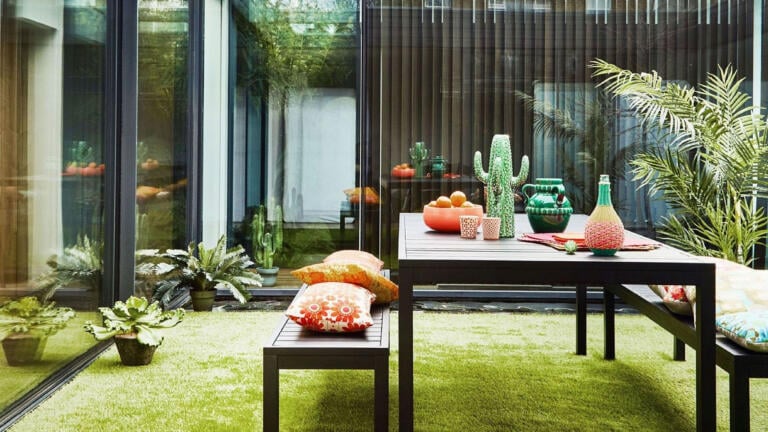
Is artificial grass right for your garden? We explore the pros and cons
Rosanna Spence
A little regular maintenance goes a long way
If you’ve decided to ditch the mower and replace your natural lawn at home with artificial grass, or are planning to, then you’re probably wondering how best to look after it.
Even though artificial grass is favoured by some homeowners due to being low maintenance, there are still essential jobs to do. Those who were hoping to ‘fake it and forget it’ with their lawn, worry not. Cleaning artificial grass won’t take over your life, but it’s something you need to keep on top of if you want to avoid problems with stains and smells.
If you’ve decided to ditch the mower and replace your natural lawn at home with artificial grass, or are planning to, then you’re probably wondering how best to look after it.
Even though artificial grass is favoured by some homeowners due to being low maintenance, there are still essential jobs to do. Those who were hoping to ‘fake it and forget it’ with their lawn, worry not. Cleaning artificial grass won’t take over your life, but it’s something you need to keep on top of if you want to avoid problems with stains and smells.
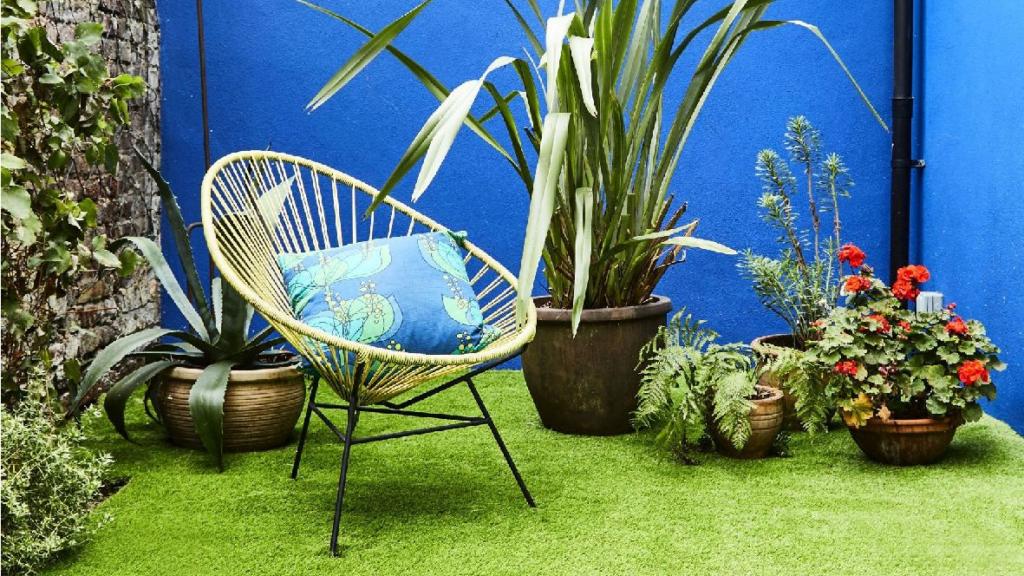 Credit: Carpetright
Credit: CarpetrightThough you can buy some specialist artificial grass cleaning products (we’ll tell you more about those later) you can get started with a stiff broom, a mild detergent and warm water.
Your life might be made a little easier if you own a leaf blower or a garden vacuum. And if the thought of carrying bowls of warm water to and from the kitchen doesn’t fill you with joy, then a hose will be your friend.
 Credit: Shutterstock / Pepijn van Bakel
Credit: Shutterstock / Pepijn van BakelThe easiest way to think about how to keep your artificial grass clean is to treat it like you would a carpet inside your house.
Depending on how much use it gets, and how messy your household is, you might not think about vacuuming your living room carpet every day. If you have mucky children and animals roaming around, it’s a very different story.
The same goes for your artificial lawn. If food, drink or another substance is spilt on the floor, it’s best to tackle the mess as soon as you can.
Artificial grass supplier Nam Grass says this doesn’t need to be any more than a damp sponge and a bit of water. However, if it’s a stubborn stain or a dried spill, the company suggests using vinegar. It says a 50/50 mix of (white) vinegar and water should do the job.
 Credit: Shutterstock / Kitch Bain
Credit: Shutterstock / Kitch BainCleaning artificial grass should be considered as part of your weekly gardening or housework routine.
Checking for any natural debris (think leaves, twigs and other miscellaneous mulch and mud) and removing it every week will avoid these materials decomposing into the fibres of your lawn.
“Regularly brushing your grass once a week, or every other week, with a broom or a plastic leaf rake (pictured) will help to keep the fibres straight and even,” Sarah Hooper, Carpetright’s grass buyer tells us. “Leaves and other dirt can be removed with a broom or leaf blower, and any [missed] spillages can be washed away with water.”
Does your pet shed its hair?
Pet hair should also be swept away or blown off the synthetic fibres of your artificial grass. Most of these products rely on a drainage system to effectively absorb rainwater and urine. Supplier Grass Direct warns that pets’ fine hair can get into the backing holes of your lawn and can cause drainage problems if it’s not regularly removed.
 Credit: Alexander Fox | PlaNet Fox from Pixabay
Credit: Alexander Fox | PlaNet Fox from PixabayProvided you aren’t facing drainage issues, keeping artificial grass clean with a hose is a quick and easy way to stay on top of stubborn grime, urine and bird poo.
How often you’ll need to hose depends on how your garden is used, of course. Regardless, Grass Direct urges everyone using artificial grass to test their drainage before and after installing to make sure there are no blockages causing liquid to lie stagnant.
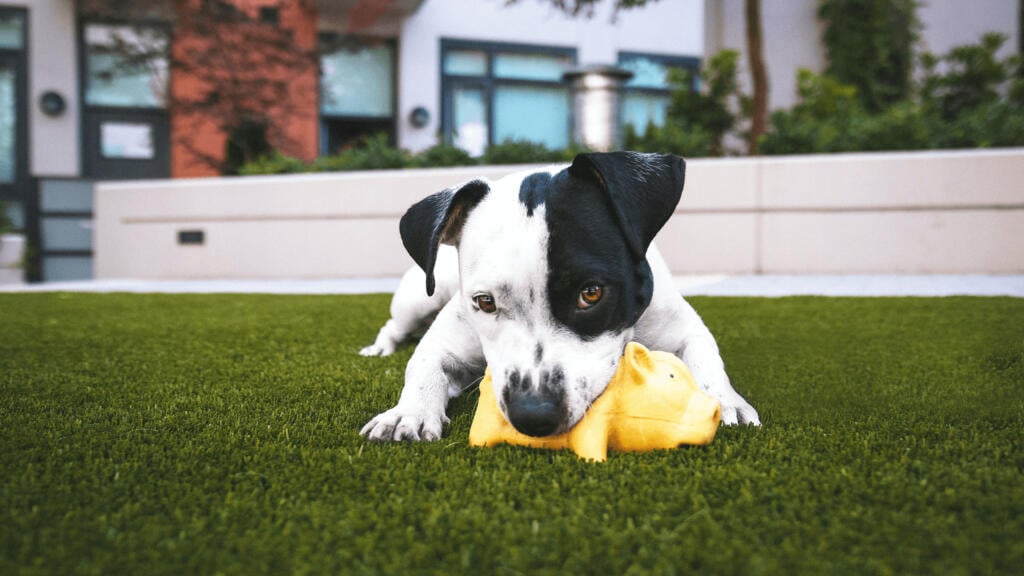 Credit: Justin Veenema on Unsplash
Credit: Justin Veenema on UnsplashIf only we all had the luxury of waiting for our dog’s mess to harden on the street before clearing it up…
Owning both animals and a garden means there is no escaping your pets using your lawn as a toilet. Your artificial grass will see its fair share of faeces. But you don’t need to panic about clearing it up immediately (provided it’s not causing a hygiene issue).
“Dog or cat faeces can be left to harden and then removed, and a diluted disinfectant used to clean any residue,” advises Hooper.
Zoflora has a disinfectant suitable for pets and this can be used on artificial grass.
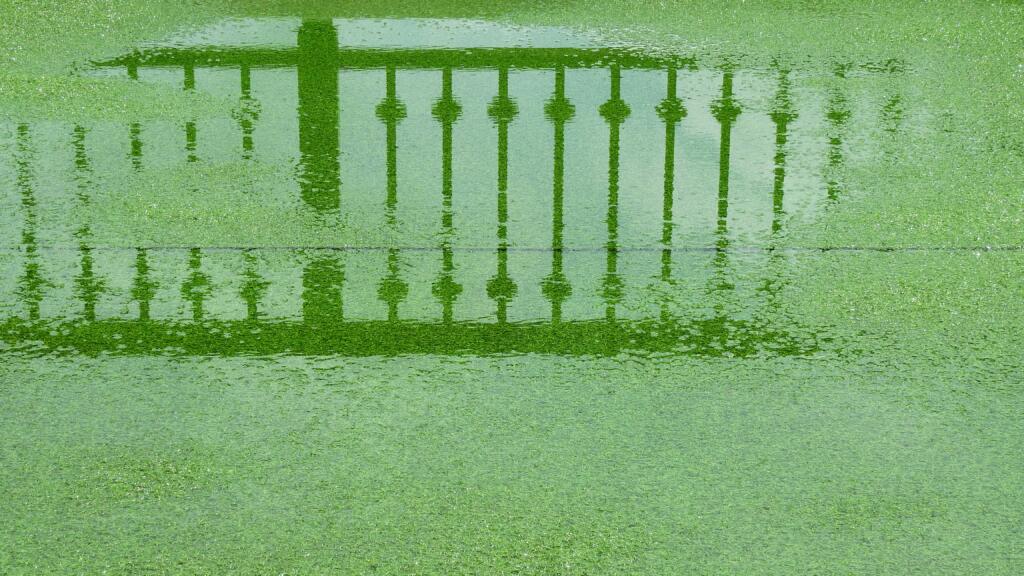 Credit: Shutterstock / komkrit Preechachanwate
Credit: Shutterstock / komkrit PreechachanwateJust as the British weather can wreak havoc with our natural lawns, it can affect artificial grass too. Damp conditions, as well as mud and other natural debris, can lead to moss and mould growing on and underneath the synthetic fibres.
That’s why it’s so essential to keep on top of regular cleaning and maintenance, which can minimise this risk. Though some people may find it continues to be a nuisance.
Grass Direct recommends the use of specially formulated artificial grass cleaners. These can help to tackle these issues that some artificial grass owners experience.

Written by Rosanna Spence she/her
Published: Updated:
Rosanna Spence has been a journalist for nearly 10 years, reporting on a huge array of topics – from microwaves to cocktails, sustainable buildings, the Caribbean islands and beyond. She’s interviewed chefs at the helm of Michelin-starred restaurants and chatted to countless CEOs about their businesses, as well as created travel guides for experienced travellers seeking life-changing adventures. Throughout her career, she has created content for Business Traveller, i-escape.com, Pub & Bar, BRITA, Dine Out and many more leading titles and brands.

Rosanna Spence

Rosanna Spence

Rosanna Spence
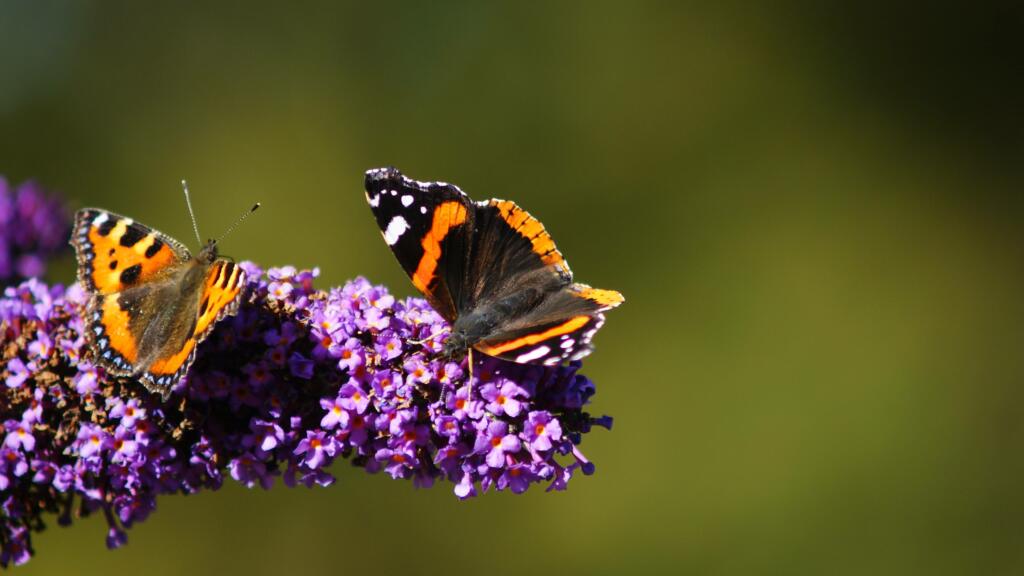
Rosanna Spence